Emergency Line
Ski Patrol
If you require assistance from Ski Patrol on the mountain, dial 1 (250) 423-2426
cm | cm |
cm | cm |
UPPER MOUNTAIN | |||
|
| ||
HIGH | LOW | ||
LOWER MOUNTAIN | |||
|
| ||
HIGH | LOW | ||
/ | 81 | |
GROOMED | ||
/ | 145 | |
OPEN | ||
| ||||
| ELK QUAD CHAIR: | ||||
| TIMBER EXPRESS: | ||||
| BUY LIFT TICKETS | ||||
If you require assistance from Ski Patrol on the mountain, dial 1 (250) 423-2426
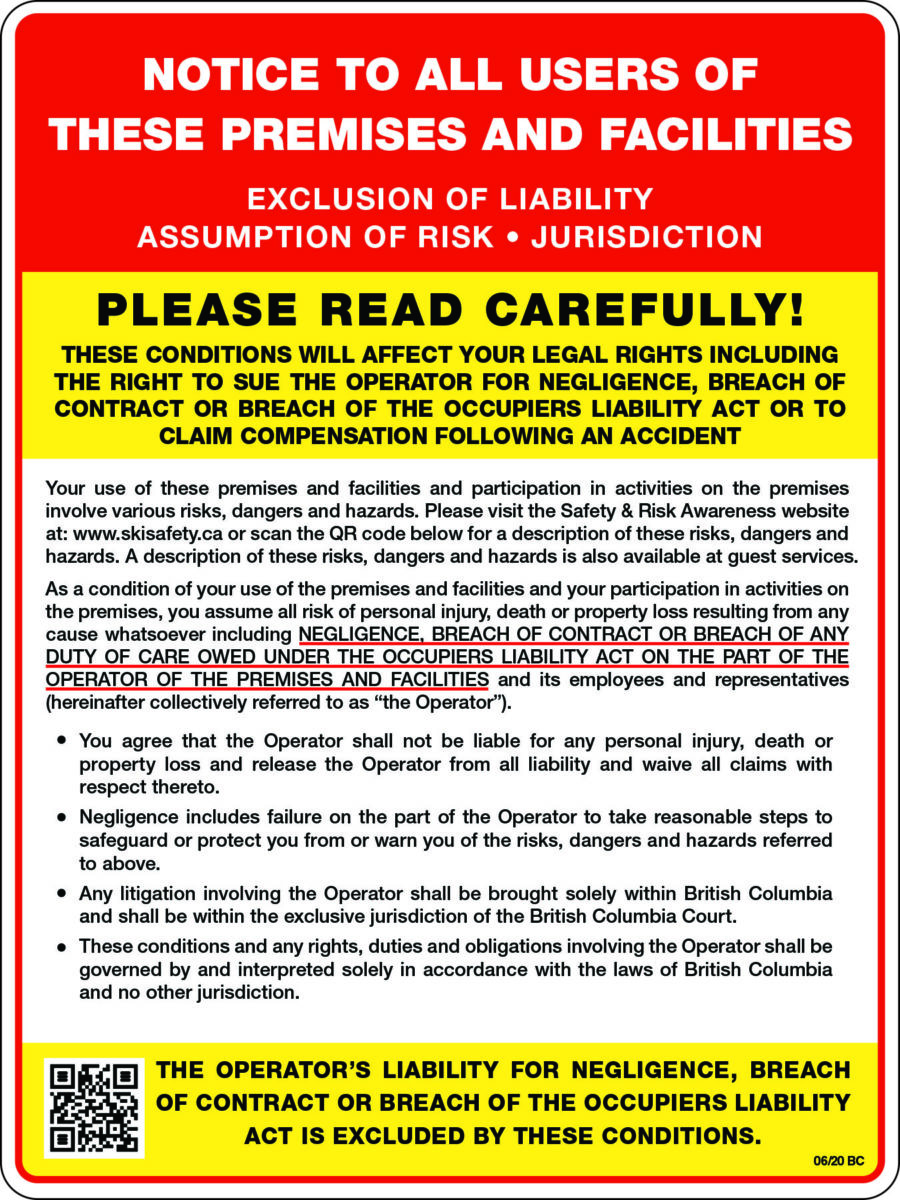
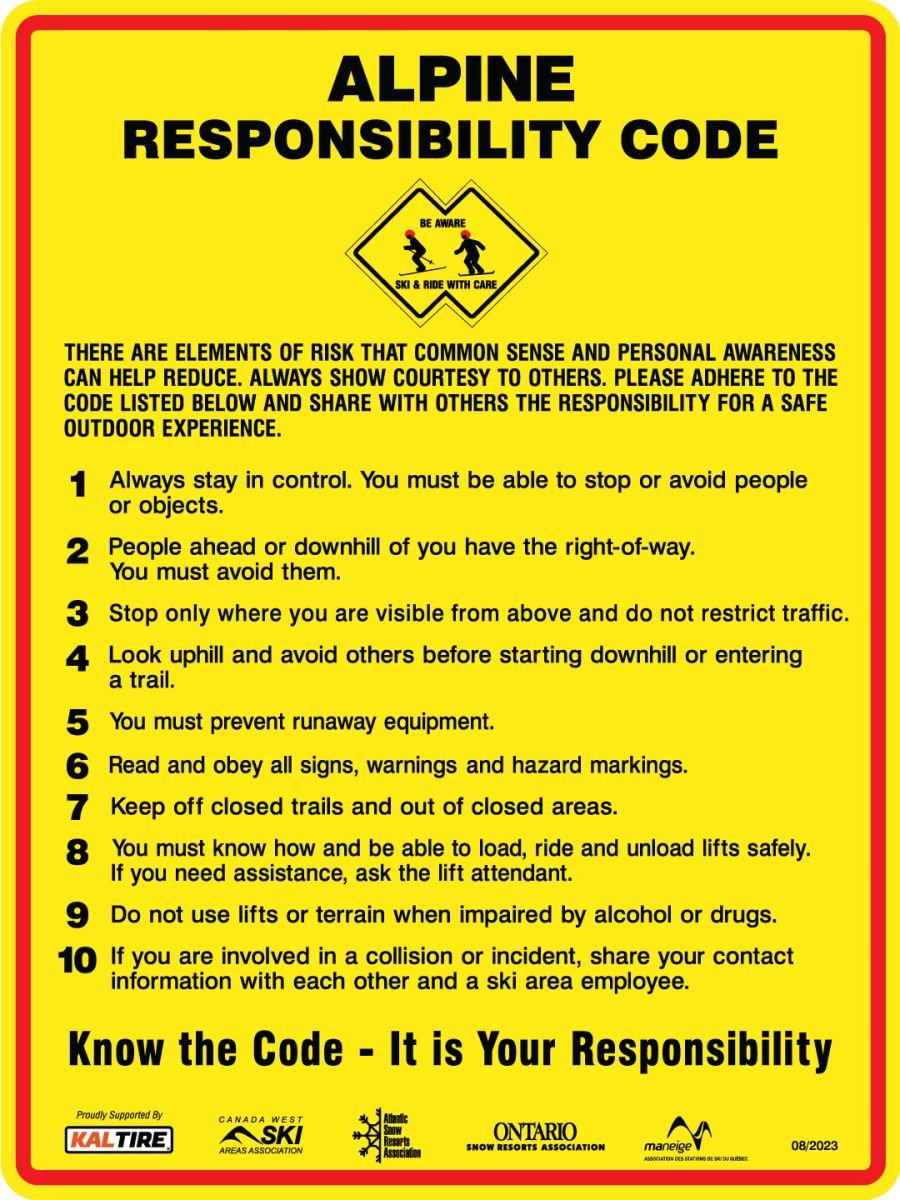
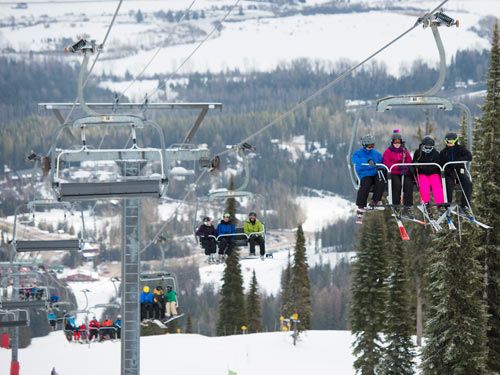
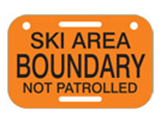 This sign indicates the edge of Fernie Alpine Resorts’ patrolled area. Skiing or riding outside the area boundary is strongly discouraged as the terrain is not avalanche controlled or patrolled and can be very remote. People requiring rescue from the back country may be charged for their rescue.
This sign indicates the edge of Fernie Alpine Resorts’ patrolled area. Skiing or riding outside the area boundary is strongly discouraged as the terrain is not avalanche controlled or patrolled and can be very remote. People requiring rescue from the back country may be charged for their rescue.
 This sign identifies runs that have limited snow cover, but are still “skiable” with caution. May have exposed rocks, creeks, etc. Damage to your equipment is likely. Ski with care and prepare for the unexpected. If signs are out at the top or bottom of the lifts, this indicates that all or much of the area has unmarked hazards.
This sign identifies runs that have limited snow cover, but are still “skiable” with caution. May have exposed rocks, creeks, etc. Damage to your equipment is likely. Ski with care and prepare for the unexpected. If signs are out at the top or bottom of the lifts, this indicates that all or much of the area has unmarked hazards.
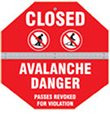
This sign is used for permanent or temporary closure of areas within the ski area. Avalanche Closures keep Employees and Guests out of harm’s way while active avalanche control is taking place or when the hazard is too high. Lift access privileges will be revoked for entering these areas when closed for control.
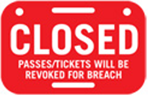
Runs may be closed for several reasons such as trees have fallen onto the run, ditches or holes have rendered the run unsafe, race or other events are taking place, or perhaps machinery is operating. Lift access privileges will be revoked for entering these areas when closed. Passes will be revoked for breach.
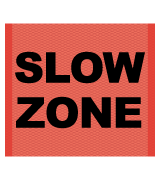
Slow Zone banners and signs mark an area or areas of the mountain where many trails converge or skiing fast poses a risk of injury or collision. Failure to ski slowly and in control in the slow zones may result in lift privileges being revoked.